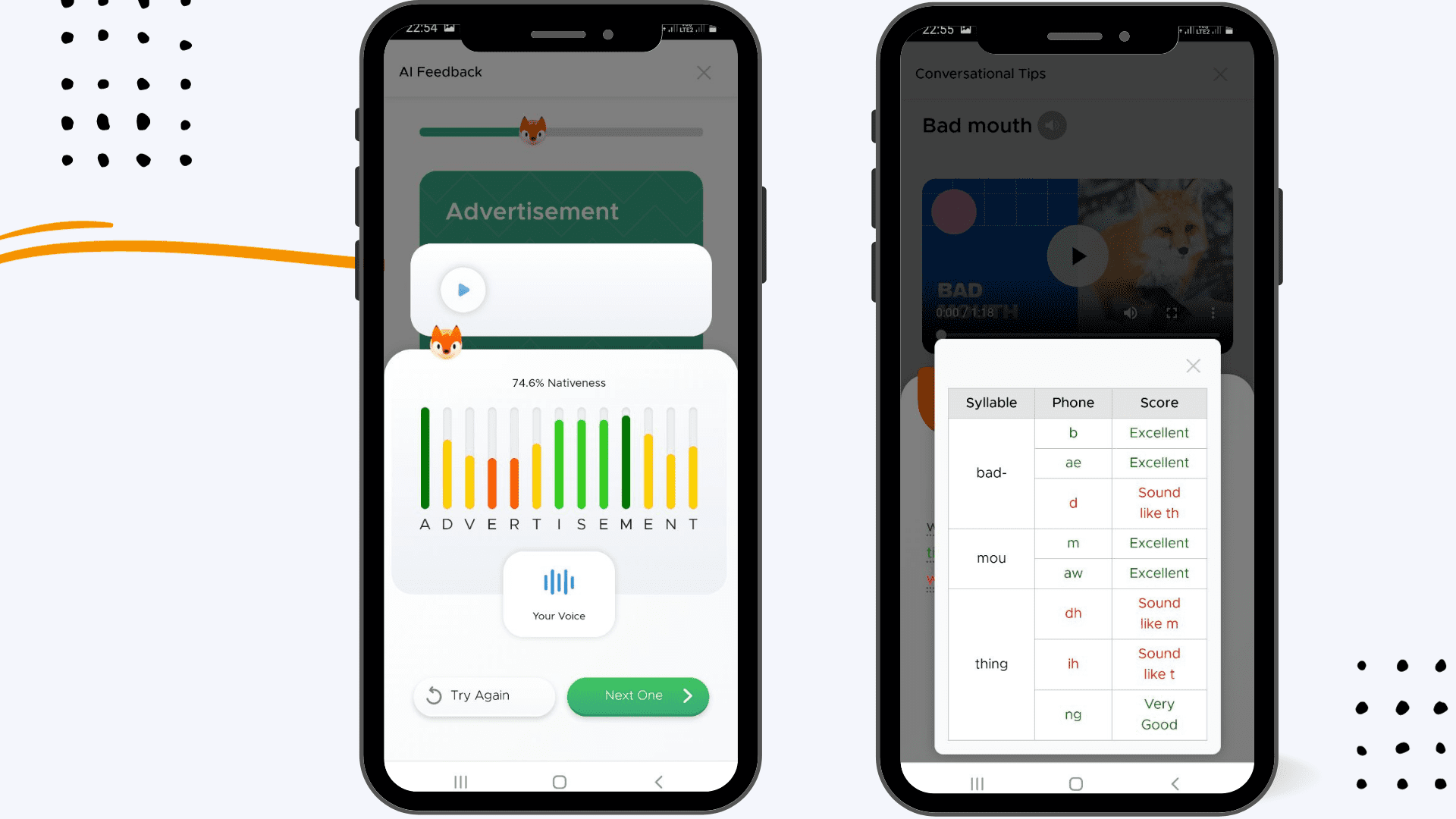
Imagine John, a seasoned business professional who faced communication barriers in international meetings due to his pronounced regional accent. His journey towards mastering accent reduction not only improved his clarity but also his confidence in global interactions. In today’s globalized business landscape, clear communication has never been more crucial. This article delves into why accent reduction is essential for professionals aiming for success in job interviews, international dealings, and overall career advancement.
First impressions in professional settings are often influenced by how we speak. In job interviews, a clear and understandable accent can significantly impact the interviewer’s perception. Clear communication is equally vital in international business, where understanding across cultural divides is essential. Mastering a neutral or widely recognized accent can elevate a professional’s image, lending them greater credibility and authority in their field.
Accent reduction can open doors to networking opportunities, making interactions smoother and more productive. Effective communication is a cornerstone of leadership; thus, accent reduction can enhance a professional’s ability to influence and persuade. For those eyeing global roles, a neutral accent facilitates easier integration into diverse international teams, broadening career prospects.

Unconscious biases regarding accents can influence interviewers, potentially affecting their decisions. Demonstrating efforts to reduce one’s accent can reflect positively on a candidate’s adaptability and eagerness to fit into diverse work cultures.
Professional accent reduction classes offer customized training for business professionals, focusing on the specific needs of the corporate world. Self-led learning, supported by technological tools and consistent practice, is also effective. The key lies in regular practice and applying learned skills in real-world situations.
Professionals embarking on the journey of accent reduction frequently face the challenge of integrating training into their already busy schedules. Time, or the lack thereof, stands as a significant barrier to consistent practice and improvement. Moreover, navigating the vast array of resources available for accent training can be daunting. Identifying which tools, programs, or methods best suit an individual’s learning style and objectives requires time and experimentation, often leading to frustration and delays in progress. The abundance of options, while beneficial, can sometimes result in choice paralysis, where the learner is unsure of where to begin or how to proceed effectively.
Another profound challenge lies in the delicate act of reducing one’s accent without losing touch with one’s cultural identity. For many, an accent is not just a way of speaking but a reflection of heritage and personal history. The process of accent modification, therefore, can evoke feelings of self-doubt and identity conflict, raising questions about authenticity in communication. Professionals must navigate these emotional and cultural implications carefully, striving to maintain a balance between achieving clearer communication and honoring their unique backgrounds. This balancing act is crucial not only for the individual’s sense of self but also for preserving the rich tapestry of linguistic diversity in the professional world.

In the era of video conferencing and virtual meetings, accent reduction plays a pivotal role in ensuring effective online communication. Advances in AI and speech recognition technology are making accent training more accessible and efficient, marking a significant leap in language learning tools.
Among these advancements, ChatterFox emerges as a standout service for accent reduction lessons. Tailored specifically for non-native English speakers, ChatterFox utilizes cutting-edge technology to help users speak clearly and confidently. By offering personalized feedback and targeted exercises, ChatterFox addresses the unique challenges faced by individuals looking to refine their accents. This service not only enhances clarity in communication but also bridges the gap between different cultures in the digital workplace, facilitating smoother interactions in an increasingly globalized professional environment.
Accent reduction is a key component of professional development for business professionals seeking to excel in a globalized market. It is an investment in personal growth and career success. This journey of improvement is continuous, offering profound rewards in professional and personal communication.